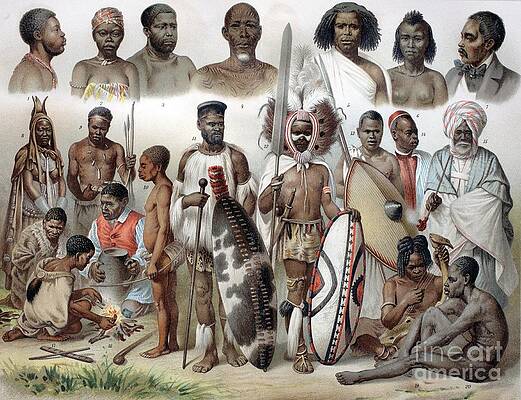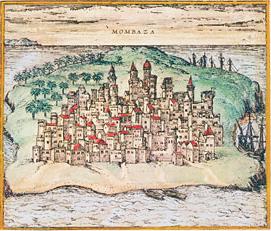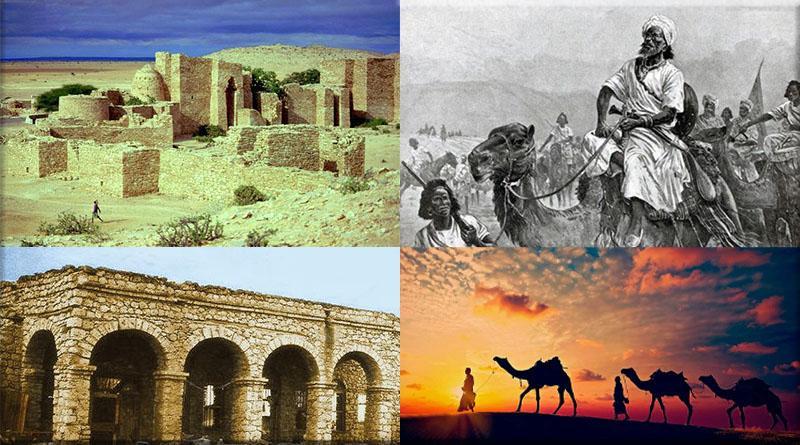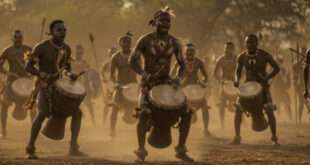Ancient Somalis domesticate camels in 3000 BC – 2000 BC. This practice spreads to North Africa and Ancient Egypt
The first inhabitants in the Somali region were ethnic Cushites from southern Ethiopia’s fertile lakes. This group is further split into a number of other ethnic groups, all of which are still widely recognized (and fought over) today. Archeological evidence suggests that most of present-day Somalia’s coastline was settled by AD 100.
In his translation of the Periplus of the Erythraean Sea, G.W.B. Huntingford argues that the “Lesser and Greater Bluffs,” “Lesser and Greater Strands,” and “Seven Courses” of Azania should all be identified with the Somali coastline from Hafun south to Siyu Channel. This suggests that parts of Somalia were already known to Roman and Indian traders at the time.
These early villages connected the Somalis with Arab traders traveling along the Red Sea and Indian Ocean. The Somalis were among the first peoples to convert to Islam in the centuries that followed.
The Arabs founded the city of Zeila (now Saylac) on the Horn of Africa, which served as a central trading hub until it was sacked by Christian Ethiopians in the 17th century.

Somalia has the world’s largest camel population. Somalia’s economy is made up of both traditional and modern manufacturing, with a gradual shift toward modern industrial techniques. Nomadic or semi-nomadic pastoralists who camel make up 80 percent of the population.
The camel is believed to have been domesticated in the Horn region between the second and third millennia BCE. It then spread to Egypt and the Maghreb.
Camel’s Roles in Somalia
Camel milk production is perhaps the most important role of camels in the Somali pastoral lifestyle. Camel meat is a delicacy that should not be overlooked during celebrations.
When families move to new grazing sites within the range, male camels are also used to transport water and household items.
Furthermore, camels play an important role in traditional social relations, such as dowry payment and compensation for injured parties in clan feuds. Camel ownership (in terms of herd size) is a social status indicator in Somali culture.
Furthermore, in the Somali traditional economy, camels are the primary reserve stock, serving as a store of wealth and security against drought, disease, and other natural disasters. Camels were also used in wars.
Due to its geographical and climatic diversity, Somalia has a large population of dromedary camels and a variety of mammals.

Furthermore, camels play an important role in traditional social relations, such as dowry payment and compensation for injured parties in clan feuds. Camel ownership (in terms of herd size) is a social status indicator in Somali culture.
Furthermore, in the Somali traditional economy, camels are the primary reserve stock, serving as a store of wealth and security against drought, disease, and other natural disasters.
Due to its geographical and climatic diversity, Somalia has a large population of dromedary camels and a variety of mammals.
 The African History Truly African
The African History Truly African

